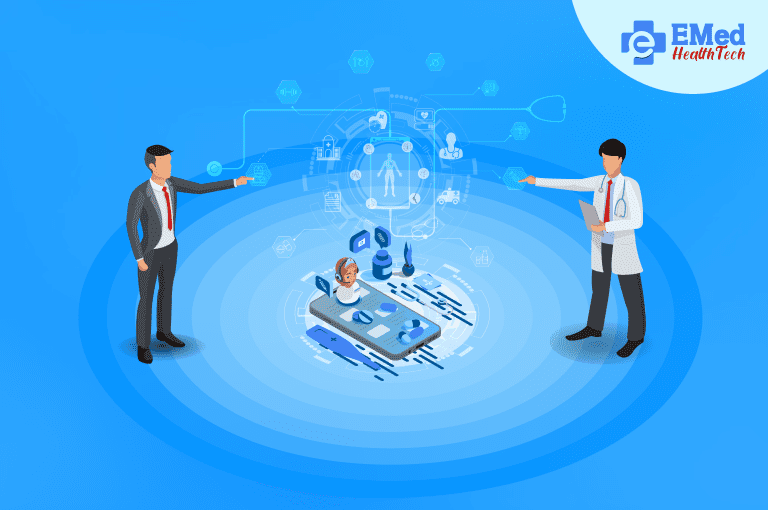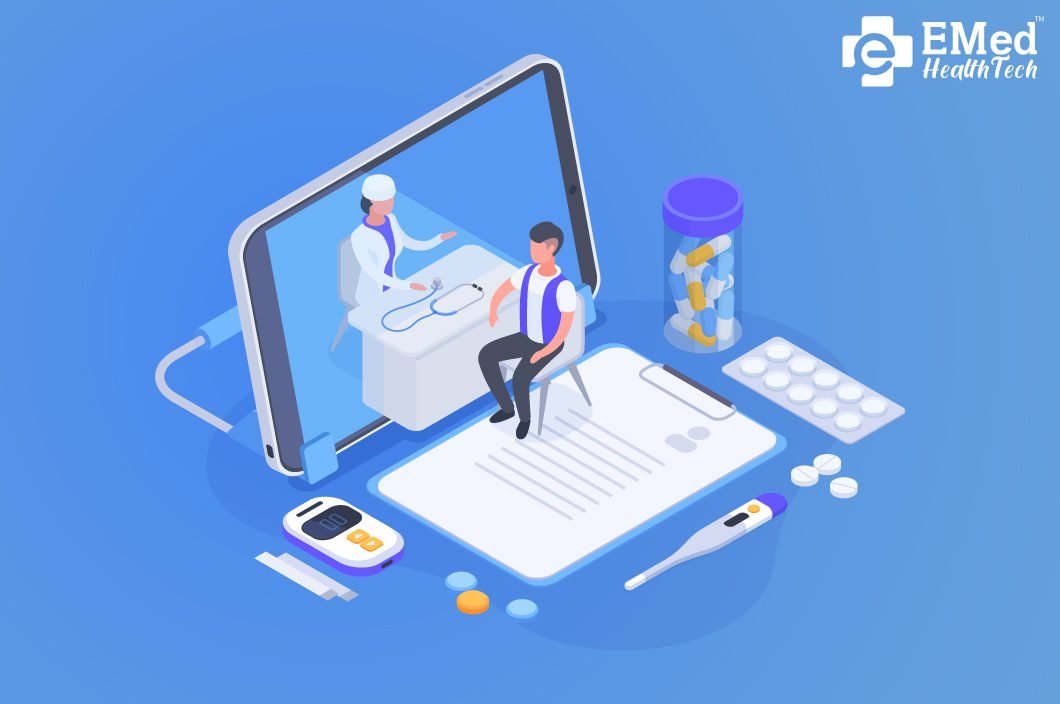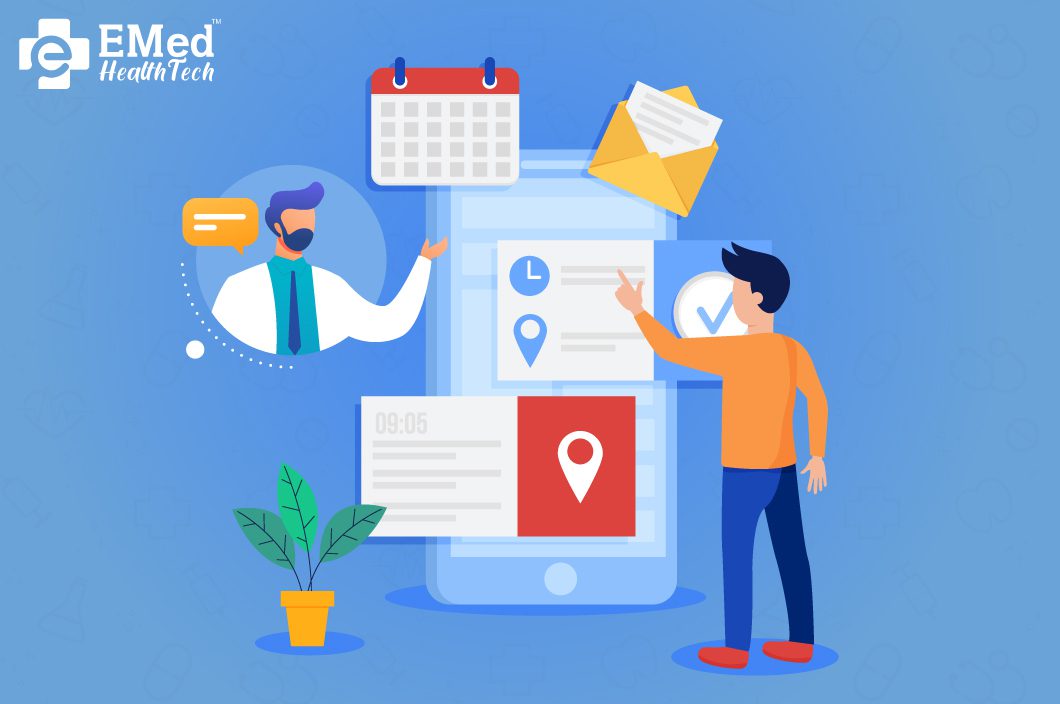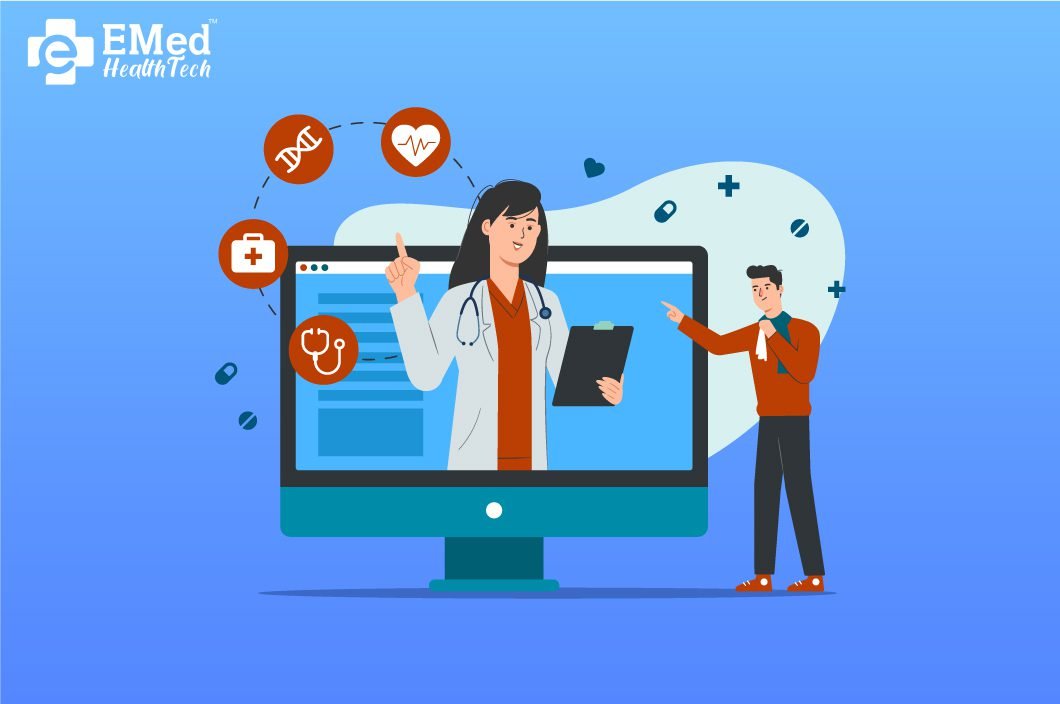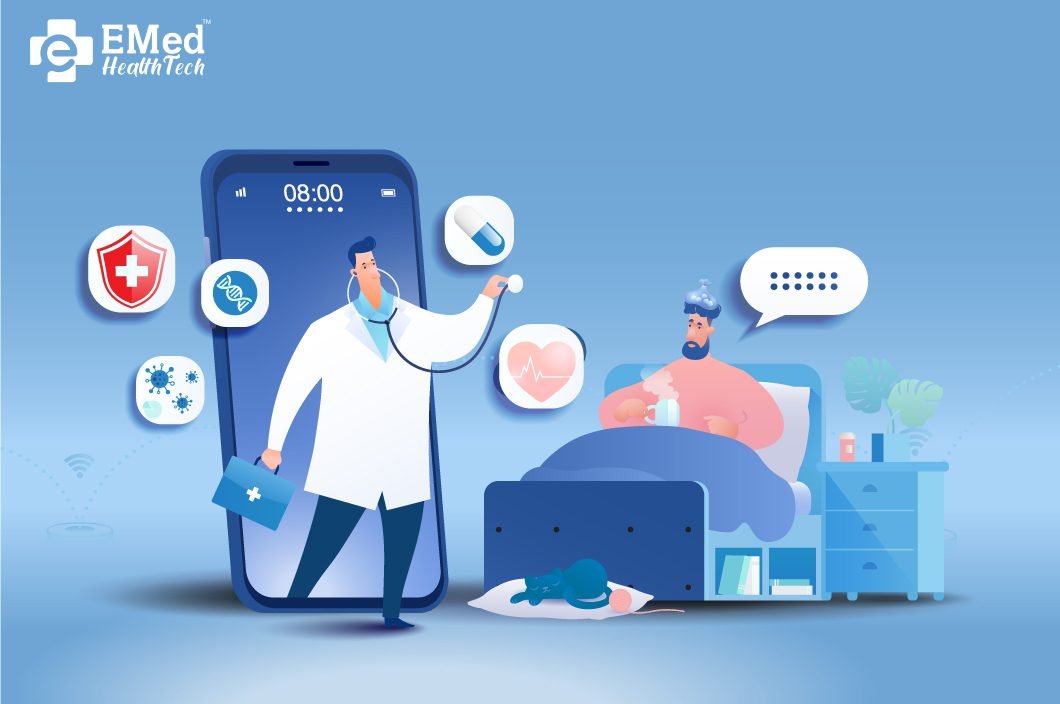The pandemic issue has significantly changed the landscape of the healthcare sector. Because of the severity of their health conditions, a number of people chose not to go outdoors during the COVID-19 lockdown. As a result of healthcare facilities looking into these illnesses, many telemedicine apps were created; these apps were found to be very beneficial for a variety of medical professionals, patients, and hospitals. In order to enhance the future for future generations, a number of companies, governments, and entrepreneurs are using Telemedicine App Development solutions.
Current estimates indicate that the global market for telemedicine applications will increase from an anticipated $50 million in 2019 to $460 billion in 2030. The information displayed above indicates that the growth of telemedicine applications is inevitable in the future. Innovation and technical progress have always been important, but they will become even more as in the future as they relate to healthcare. This is because, with an app, medical providers may easily give remote care and services to their patients.
What is an example of a telemedicine application that you can give me?
An application for smartphones called telemedicine enables real-time, two-way contact between medical professionals and patients in order to diagnose and cure conditions. No appointment is even necessary because all of these tasks can be completed remotely. For instance, text messaging and video conferencing allow patients and physicians to communicate instantly, even in life-threatening medical emergencies like heart attacks, strokes, or traumas. In this way, they can receive guidance on first aid and makeshift cures.
What applications are there in the field of telemedicine?
Store-and-forward, remote monitoring, and real-time interactive services are the three primary categories of telemedicine apps available for mobile devices. Patients and physicians both benefit from the industry’s dependence on these apps.
Real-time, interactive services:
Real-time interactive services, such as online chats, video chats, and remote services, are available to assist patients who require immediate medical treatment. These programs provide patients with timely medical advice.
Observing at a Distance:
Remote monitoring uses a range of technical tools to find any health problems. Tracking long-term health conditions including asthma, heart disease, and related disorders is one of its many possible uses.
The ensuing options are feasible:
Face-to-face consultations between physicians and patients are becoming less necessary with the introduction of store-and-forward telemedicine. Access to a patient’s medical records allows physicians to immediately learn about the patient’s past, including biosignals and imaging results, which saves time and prevents incorrect diagnoses.
What are some advantages of utilizing telemedicine applications?
Hospitals and other medical facilities are favoring telemedicine applications more and more these days in order to provide patients with better care. The following are just a few of the numerous advantages this software provides:
Reasonably priced points
The telemedicine software offers reasonably priced services and facilitates virtual consultations between physicians and patients. Without having to bother about scheduling an appointment and returning to the clinic, patients can save a significant amount of time and money.
Patients are choosing more and more options for remote care, like telemedicine apps that allow them to make appointments online and text or video chat with their doctors in order to receive the necessary therapy.
Effective Data Administration:
A telemedicine app makes it easier for medical personnel and organizations to monitor patients more closely and give them the best treatment possible by expediting the process of obtaining patient medical records. Additionally, patients can store all of their medical records—including receipts—in the app.
Patients who live in remote places might benefit greatly from telemedicine apps, which provide direct text or video chat connection between patients and doctors. They can receive the necessary assistance without running the risk of becoming sick, and a precise diagnosis will be advantageous to all parties.
Choosing a Telemedicine Application Development Firm
The Telemedicine App Developers you choose to deal with could make all the difference in the success or failure of your project.
Take into consideration the following seven factors before selecting a telemedicine development company:
Employment History in the Medical Field:
Check to see if the chosen business has a lot of experience in the healthcare sector. Their experience with healthcare-related projects has given them a unique perspective of the particular challenges and legal restrictions faced by the sector.
Knowing Compliance:
The healthcare industry is subject to stringent laws, such as the Health Insurance Portability and Accountability Act (HIPAA) in the US and the General Data Protection Regulation (GDPR) in Europe. Find out if the Telemedicine App Development Platform and the development team can meet regulatory criteria and have experience with compliance while still producing a secure solution.
Assessment of the Portfolio:
Examine the company’s past work to determine the caliber of it. Find out from others if they have experience developing telemedicine apps or working on initiatives pertaining to healthcare.
Because patient data is so important, security measures are essential in the healthcare sector. Learn about the development company’s security protocols and their level of concern for protecting private patient information.
Potential Modifications:
It’s essential to have the ability to alter the app to suit your needs and promote your business. Check to see if the development company can carry out a plan that meets your requirements.
Maintenance and Assistance:
The success of your telemedicine app cannot be ensured in the long run if you do not fund post-launch maintenance and support. You ought to be fully aware of the development company’s level of assistance and the speed at which maintenance requests are handled.
Client testimonials:
It’s a good idea to ask for recommendations from previous customers and follow up with former clients of the development company to find out about their experiences. Getting direct feedback from past customers is a great method to learn.
Making your healthcare vision a reality requires you to select a telemedicine app development company for the Telemedicine App Development Solution. You may be sure that competent people are handling your telemedicine project by carefully vetting possible partners based on their knowledge of compliance, portfolio quality, security measures, customization possibilities, support abilities, references from previous clients, and experience.
Last Words
Innovative e-health concepts are causing a shift in global healthcare systems. There’s no denying that telemedicine is experiencing a sharp increase in demand within the healthcare sector.
According to all that has been said so far, creating telemedicine applications is the most successful business idea in global history. Actually, the rising demand for electronic healthcare products is being driven by the extraordinarily quick delivery of medical services, individual comfort, and resource optimization.
It appears like a difficult challenge to develop a fully functional telemedicine platform that complies with all relevant legislation and ensures sufficient security, accessibility, and dependable data storage. In addition, the necessity of abiding by legal duties is growing. Alternatively, every complex problem can be analyzed and solved at an early stage. Having a professional development team on your side can make all the difference, even though taking that initial step is never easy.
